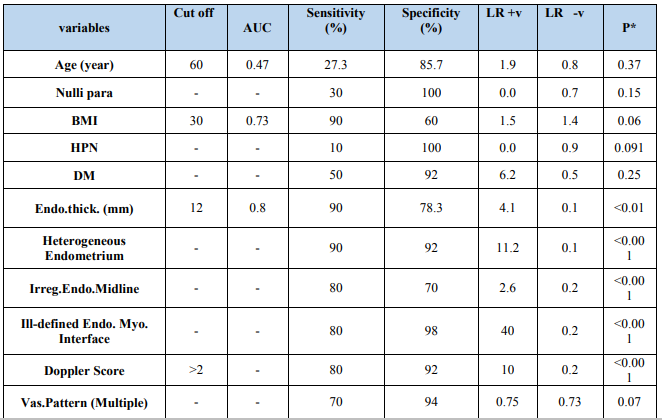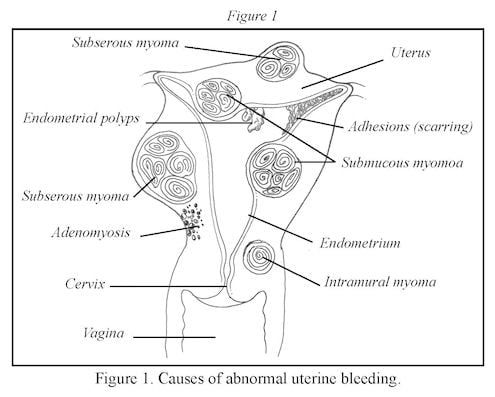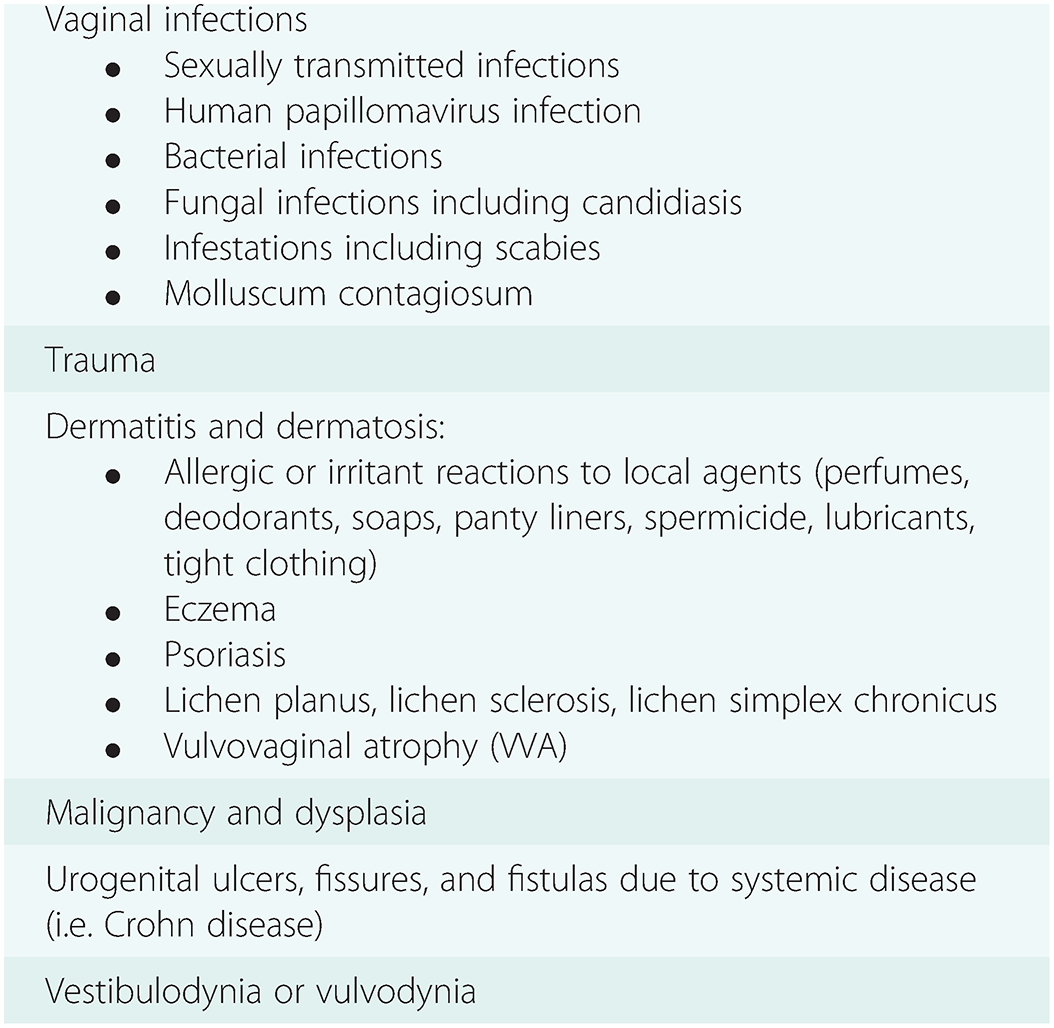Age-related differential diagnosis of vaginal bleeding in postmenopausal women: a series of 3047 symptomatic postmenopausal women

The results of this study show the age-related differential diagnosis can be used to inform clinical practice when counselling postmenopausal women with vaginal bleeding and the first population-based estimation of the incidence of genital tract bleeding and endometrial cancer among post menopausal women in the United Kingdom. Objective The aim of this study is to identify the causes of vaginal bleeding in different age groups of postmenopausal women. Also, we attempt to estimate the incidence of postmenopausal vaginal bleeding and endometrial cancer in a defined geographical area. Study design The study was conducted at a gynaecological oncology centre in the United Kingdom, between February 2006 and May 2009. Patients were investigated according to established evidence-based departmental guidelines. Results During the study period 3047 women were referred with postmenopausal vaginal bleeding. In 1356 women (44.5%) the endometrial thickness measured less than 5 mm on transvaginal ultrasound scan. Benign histology was found in 1144 women (37.5%). Benign endometrial polyps were the cause of bleeding in 10.1% of the cases. The incidence of endometrial cancer in our study population was 5%. The rate of postmenopausal vaginal bleeding during the study period peaks at the age of 55–59 years (25.9/1000 postmenopausal women/year) and declines thereafter. The peak incidence of endometrial cancer during the study period (12.6/10,000 postmenopausal women/year) was seen between the ages of 60 and 64 years and similarly declines with increasing age. Conclusion To our knowledge, this is the first population-based estimation of the incidence of genital tract bleeding and endometrial cancer among postmenopausal women in the United Kingdom. The results of this study showing the age-related differential diagnosis can be used to inform clinical practice when counselling postmenopausal women with vaginal bleeding.

Approach To The Patient With Postmenopausal Uterine Bleeding

Blutungsstörungen Gynäkologische Endokrinologie

绝经后又来“大姨妈”不是好消息,这5个提示必须知道_澎湃号·湃客_澎湃

Evaluation of International Endometrial Tumor Analysis Sonographic

(PDF) Predicting the risk of endometrial cancer in postmenopausal

Postmenopausal bleeding - Freya Ridley-Davies, 2018

Investigation of Women with Postmenopausal Uterine Bleeding

First-time postmenopausal bleeding as a clinical marker of long

Patrick MUSONDA, BSc, MSc, PhD

An ultrasound risk-scoring model for prediction of endometrial









